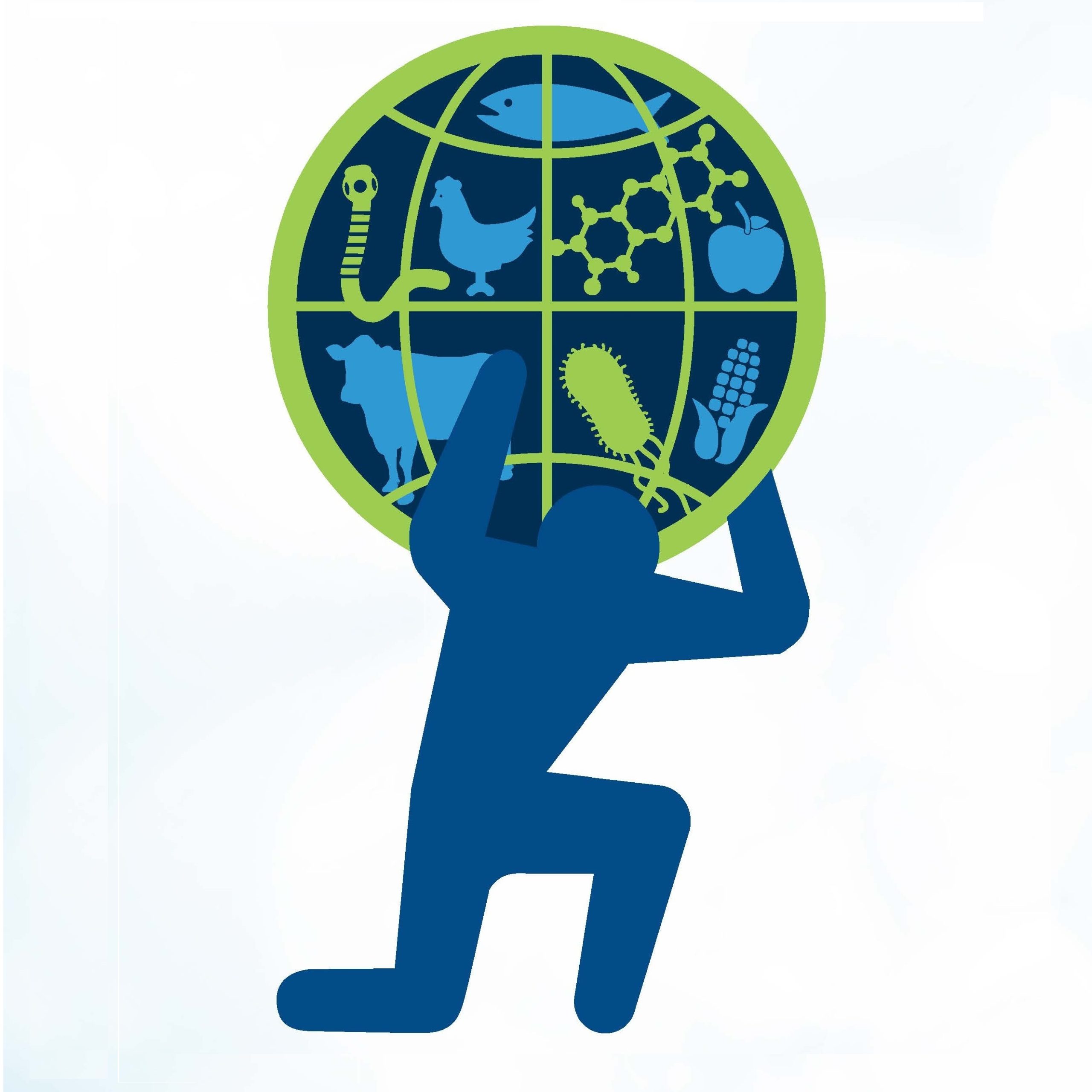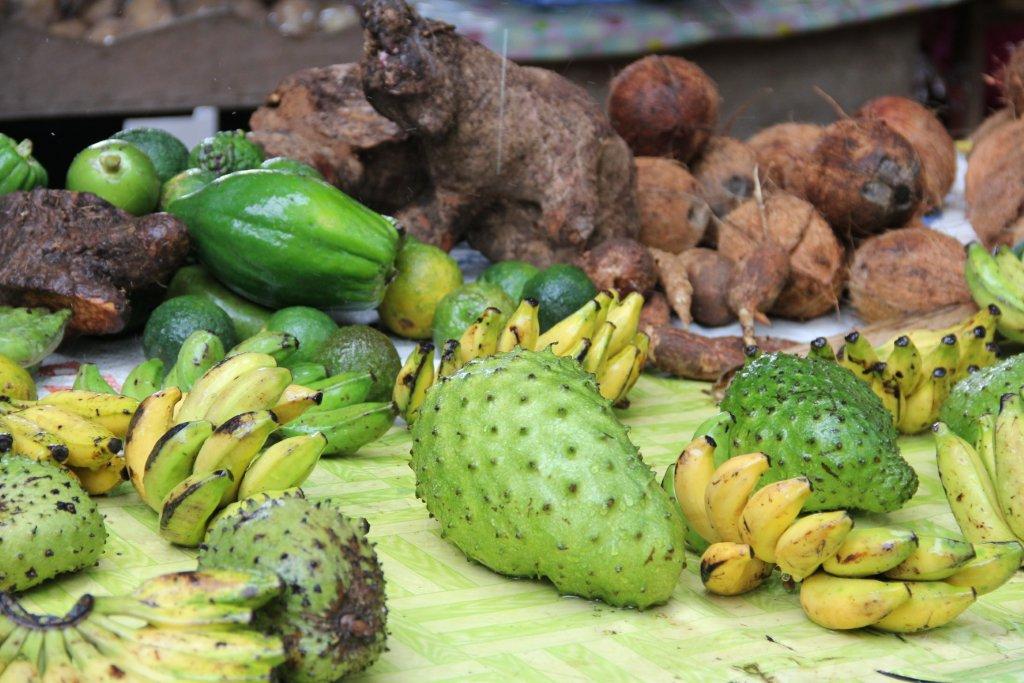Reflections on the WHO Initiative to Estimate the Global Burden of Foodborne Diseases
Arie Havelaar and Rob Lake, authors of the World Health Organization Report and PLOS Collection “WHO Estimates of the Global Burden of Foodborne Diseases,” reflect on an almost decade-long project to calculate and highlight the burden of foodborne diseases
When the WHO Foodborne Disease Burden Epidemiology Reference Group (FERG) first met in September 2007, they were convinced of the necessity to present estimates of the global burden-of-foodborne disease, but did not yet know if, and how, it could be done. They were aware of national studies on the burden-of-foodborne diseases, but recognized that attempting a global estimate was a daunting task. The sheer complexity of the problem was challenging: food consumption across the globe is highly diverse and the range of potential contaminants in the food supply is astounding. Yet, with the help of an army of more than a hundred scientists, specialized in their own fields, it turned out to be possible to present the first ever estimates of the global burden of foodborne disease. The process took eight years and an uncounted number of hours. All involved donated their time and experience to WHO, finding own sources of funding in addition to the limited means available, and invested liberal amounts of personal time. In particular, the Core Group (Task Force chairs and senior advisers) spent their time in numerous teleconferences at sometimes highly inconvenient hours, in particular for the colleagues from Australia and New Zealand. Initially annual meetings were organized, creating momentum and commitment. The global financial crisis inevitably hit FERG, and much more reliance was placed on teleconferences and other means of remote communication, slowing down the process and limiting the involvement to the Core Group mainly. Nevertheless, all FERG members and resource advisers continued to believe in and support the Initiative, which is now presenting its results.

The global burden-of-foodborne disease was estimated in several distinct steps, building on established methods for estimating burden, as expressed in Disability Adjusted Life Years (DALYs). First, incidence of food-related diseases, including some chronic sequelae and mortality, were estimated for 31 hazards that were considered to contribute significantly to the burden, and for which sufficient data were available. The hazards included 18 enteric pathogens, 10 parasitic diseases and 4 toxic chemicals. For 5 hazards, the data were insufficient to present global estimates, and data were presented for high-income regions only. Next, information was generated on duration and severity of the incident cases of disease to produce estimates of Years Lived with Disability (YLD) and on the number of Years of Life Lost (YLL) due to premature mortality. Many foodborne hazards are not exclusively transmitted by food, and a separate effort was set up for the attribution of exposure to different sources, including food, the environment and direct contact between humans or with animals. As many data are lacking for attribution, it was decided to apply structured expert elicitation to provide a consistent set of estimates. The global expert elicitation study involved 73 experts and 11 elicitors, and was one of the largest, if not the largest study, of this kind ever undertaken. Combining all streams of data resulted in estimates of the global burden of foodborne disease.
Unlike previously completed national burden of illness studies, FERG decided to also include chemical hazards. The inclusion of chemical hazards was particularly challenging, and it was only through determined efforts by the Chemicals and Toxins Task Force (CTTF) that several chemical hazards could be included. Whereas WHO committees such as the Joint FAO/WHO Expert Committee on Food Additives (JECFA) and Joint FAO/WHO Meeting on Pesticide Residues (JMPR) typically use a risk assessment approach, a counterfactual attribution approach is commonly applied in global burden estimates of cancer, cardiovascular and other diseases. Deciding which of these approaches was most appropriate for FERG was a difficult, and as yet not fully resolved, process. As a result, burden estimates for several important chemical contaminants (methylmercury, lead, arsenic and cadmium) are continuing and are expected to be presented at a later stage.

Even though all efforts were made to include the best available science in the estimates, FERG is fully aware of the limitations of the current work. Data needs for burden-of-illness estimates are high, and crucial information was often lacking, particularly for some of the world’s most populous countries, such as China, India and Russia. FERG used statistical models and expert input to estimate some missing data. In particular, Bayesian regression modelling has been used to estimate missing disease incidence data.
Due to the limitations in data availability, FERG decided to present its estimates on a regional level, even though all calculations were made on a national level. The regional estimates are considered more robust as they build on data from several countries in most regions. Yet, the regional estimates do not reflect the diversity of risks between countries in a region, or even within a country. Maps are therefore not presented as it was considered that these would not adequately reflect regional heterogeneity.
The results of the FERG project are presented in several formats. A PLOS collection entitled “The World Health Organization Estimates of the Global Burden of Foodborne Diseases” presents the key results in a series of seven peer-reviewed papers, and also provides access to a large and growing number of reviews and description of methods that have been published in different peer-reviewed journals. This large body of evidence reflects the considerable support given to FERG by the global scientific community. These papers are also accessible through a dedicated WHO website. WHO has also produced a report, documenting the results and the process of estimating the global burden of foodborne disease and an interactive website allowing stakeholders to explore the results from different perspectives.
Even though the currently presented burden-of-foodborne disease is substantial, it was not feasible to document the full burden, which is likely to be considerably higher. Not all relevant contaminants could be included, and for those that were included, not all relevant endpoints could be taken into account. FERG selected a shortlist of hazards at the onset, reducing a list of more than 100 contaminants to 40. Exclusions were based on initial judgments about the importance of the global or regional burden, but also on data availability. Of the 40 contaminants selected, analyses are still ongoing for lead, methyl mercury, arsenic and cadmium. Of potentially relevant endpoints, only Guillain-Barré syndrome and haemolytic uraemic syndrome and invasive salmonellosis were included as outcomes for diarrhoeal diseases, but not irritable bowel syndrome or other functional bowel disorders that are increasingly linked to diarrhoeal disease in developed countries and are associated with a substantial burden. FERG estimates do not include the effects of foodborne diseases on malnutrition and development in low- and middle-income countries, and invasive salmonellosis in HIV co-morbid cases was also excluded, even though a major proportion of these infections may be foodborne. No stillbirths were included for listeriosis and toxoplasmosis, but many would be preventable by appropriate food safety interventions. The counterfactual approach for chemicals produces lower estimates than risk assessment approach (as documented for aflatoxin).
Countries who want to build their national food safety strategies are advised to combine the global estimates with national data. It is our experience that a vast amount of additional data exist, but has not yet been mined because it is not available in easily accessible databases but rather in paper form. Building on such data may provide sources of validation for any estimates derived from FERG numbers. As a next step, further development of national laboratory-based surveillance programs (as supported by the Global Food Network), should be a priority.
A crucial element of the initiative, often taking a back seat during the huge effort in generating global and regional burden estimates, was therefore the promotion of foodborne burden of disease studies and capacity building in individual countries. FERG was only able to make limited progress towards this objective, in the form of pilot studies in four countries. Since some of these pilot studies encountered significant resource barriers and data shortages, it is hoped that one legacy of the initiative would be to help overcome these through local use of regional estimates. Individual countries can evaluate and apply the FERG regional burden estimates to generate national DALY-based burden data for foodborne illness prioritization. Such a process should include local data for validation where available, and be undertaken by local scientists with an awareness of the food safety context in their country. FERG has also sought to promote knowledge translation of burden-of-disease estimates into food safety policy at a national level.
FERG presents the first global and regional estimates of the burden of foodborne diseases. The large disease burden from food highlights the importance of food safety, particularly in Africa, South-East Asia and other more greatly affected regions. Our results indicate that some hazards, such as non-typhoidal S. enterica, are important causes of FBD in all regions of the world, while others – such as certain parasitic helminths and aflatoxin – are of highly focal nature resulting in high local burden.
Despite the data gaps and limitations of these initial estimates, it is apparent that the global burden of FBD is considerable, and affects individuals of all ages, but particularly children <5 years of age and persons living in low-income regions of the world. By incorporating these estimates into policy development at both national and international levels, all stakeholders can contribute to improvements in safety throughout the food chain. These results will also help to direct future research activities.
Arie Havelaar is a Professor at the Institute of Food and Agricultural Sciences, University of Florida and deputy head of the Laboratory for Zoonoses and Environmental Microbiology at the National Institute for Public Health and the Environment (RIVM) in Bilthoven, the Netherlands. He also holds a chair in is emeritus professor of Microbial Risk Assessment at the Institute for Risk Assessment Sciences at the Veterinary Faculty of Utrecht University in the Netherlands.
Rob Lake is Science Leader at the Institute of Environmental Science and Research in Christchurch, New Zealand.
Both are authors of the WHO Report and the PLOS Collection “WHO Estimates of the Global Burden of Foodborne Diseases“
